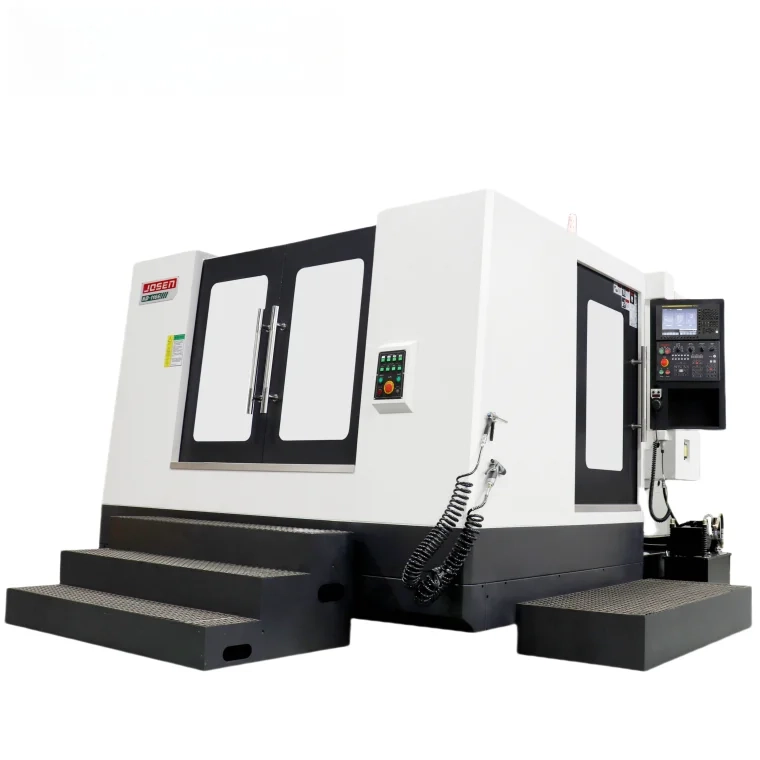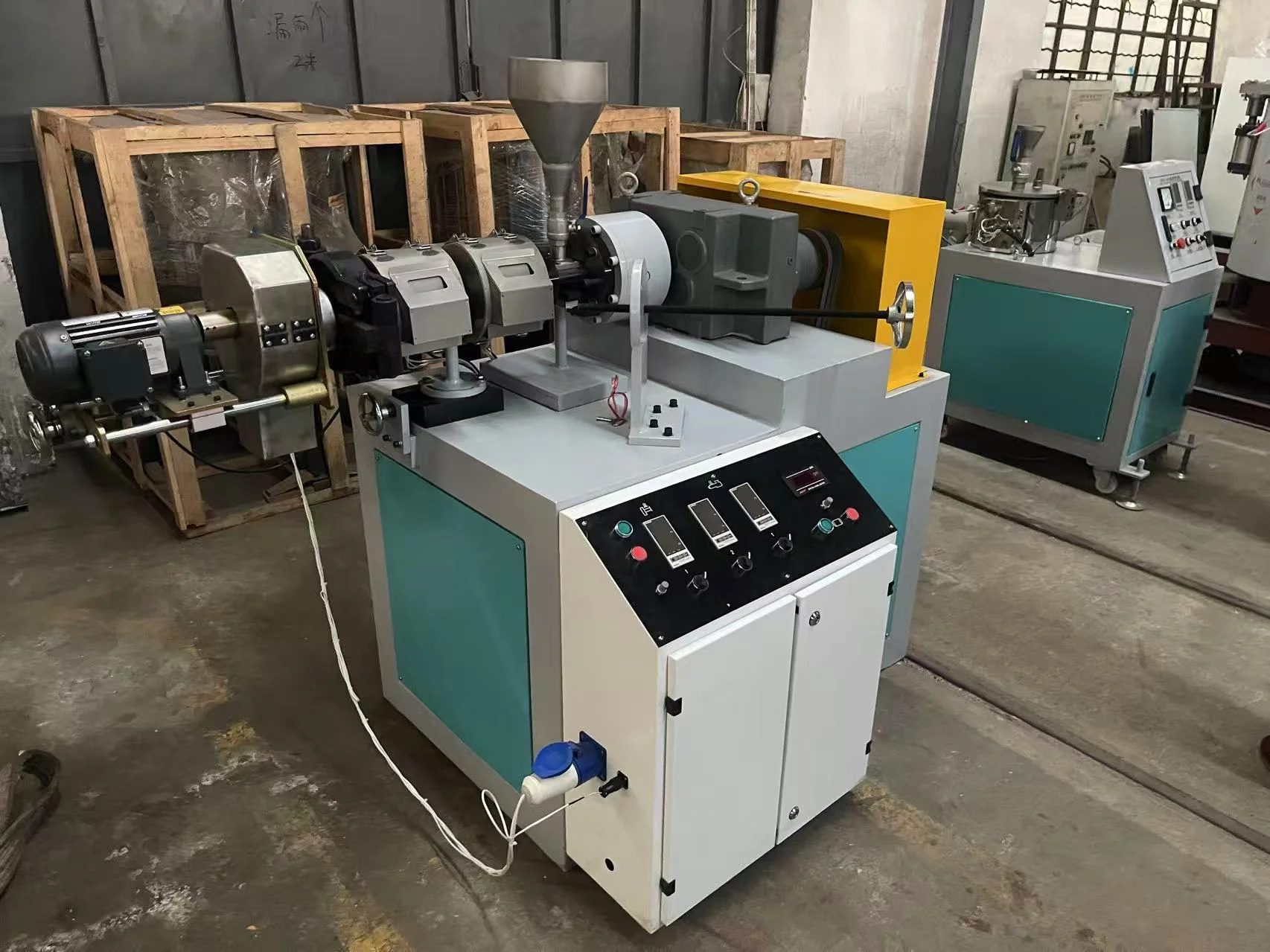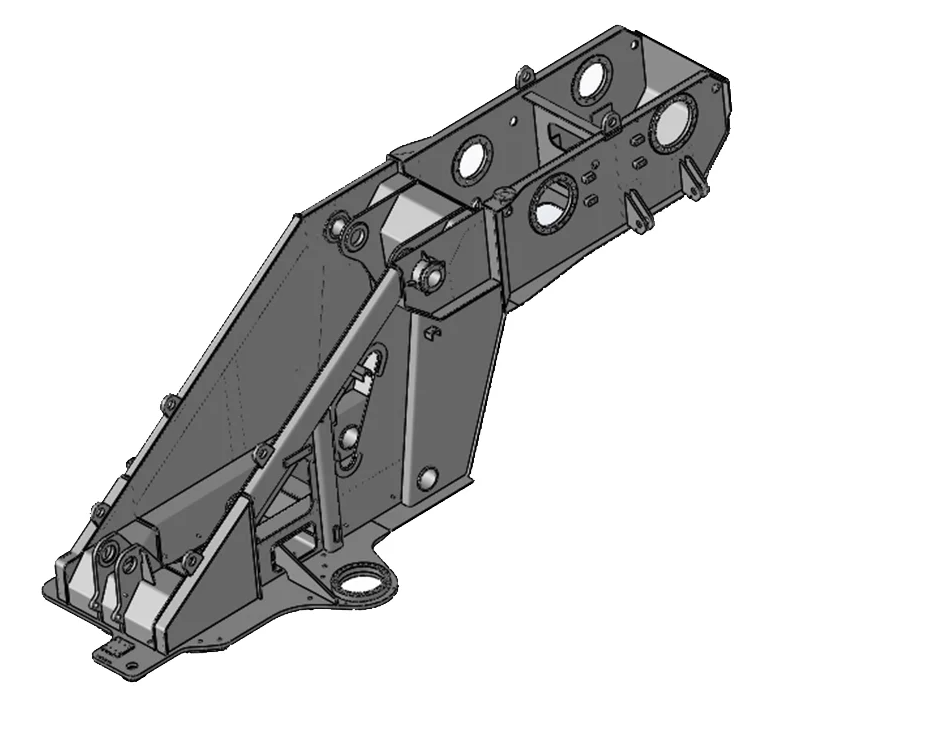Power Vent vs. Direct Vent: Choosing the Right Ventilation System for Your Home
When it comes to home heating systems, one of the most critical components is the ventilation system. Proper ventilation ensures that harmful gases are expelled safely and efficiently, while also maintaining optimal indoor air quality. Among the various options available, power vent and direct vent systems are two popular choices. This article delves into the intricacies of both systems, comparing their advantages, disadvantages, and ideal applications to help homeowners make informed decisions.
Understanding Power Vent Systems
A power vent system utilizes a fan to expel exhaust gases from the home. This fan is typically installed on the vent pipe and actively pushes the gases outside, regardless of the natural draft. Power vent systems are often used in conjunction with gas water heaters, furnaces, and boilers.
Advantages of Power Vent Systems
- Versatility in Installation: Power vents can be installed in various locations, allowing for greater flexibility in home design. They can vent horizontally or vertically, making them suitable for homes where traditional venting methods may not be feasible.
- Effective Exhaust: The mechanical fan ensures that exhaust gases are expelled efficiently, even in homes with poor natural draft conditions. This can be particularly beneficial in tightly sealed homes where air circulation is limited.
- Cost-Effective: Power vent systems can be less expensive to install than direct vent systems, especially in existing homes where retrofitting may be required.
Disadvantages of Power Vent Systems
- Energy Consumption: Since power vents rely on electricity to operate the fan, they can increase energy costs, particularly if the system runs frequently.
- Noise: The operation of the fan can produce noise, which may be a concern for some homeowners, especially if the vent is located near living spaces.
- Maintenance Requirements: Power vent systems may require more maintenance due to the mechanical components involved. Regular checks are necessary to ensure the fan is functioning correctly.
Exploring Direct Vent Systems
Direct vent systems, on the other hand, utilize a two-pipe system to draw in outside air for combustion while simultaneously expelling exhaust gases. This system relies on natural convection and does not require a fan to operate.
Advantages of Direct Vent Systems
- Energy Efficiency: Direct vent systems are generally more energy-efficient than power vents, as they do not consume electricity to operate. They utilize the natural flow of air, which can lead to lower energy bills.
- Quiet Operation: Since there are no mechanical components involved, direct vent systems operate silently, making them an attractive option for homeowners who prioritize peace and quiet.
- Improved Indoor Air Quality: By drawing in fresh air from outside, direct vent systems can help maintain better indoor air quality, reducing the risk of backdrafting harmful gases into the home.
Disadvantages of Direct Vent Systems
- Installation Limitations: Direct vent systems require specific installation conditions, including access to outside walls. This can limit their applicability in certain home designs.
- Higher Initial Costs: The installation of a direct vent system can be more expensive upfront, particularly if structural modifications are needed to accommodate the two-pipe system.
- Potential for Blockage: The outdoor vent can be susceptible to blockages from snow, debris, or other environmental factors, which may require regular maintenance to ensure proper function.
Making the Right Choice
When deciding between a power vent and a direct vent system, several factors should be considered:
- Home Design: Evaluate the layout of your home. If you have limited access to outside walls, a power vent may be more suitable.
- Energy Efficiency Goals: If reducing energy consumption is a priority, a direct vent system may be the better choice due to its reliance on natural airflow.
- Noise Sensitivity: Consider your tolerance for noise. If a quiet environment is essential, direct vent systems are typically quieter than their power vent counterparts.
- Budget: Assess your budget for both installation and long-term operational costs. While power vents may have lower initial costs, their energy consumption can add up over time.
Conclusion
Both power vent and direct vent systems have their unique advantages and disadvantages. The choice ultimately depends on your specific needs, home design, and budget. By understanding the nuances of each system, homeowners can make informed decisions that enhance their home’s safety, efficiency, and comfort. Whether you opt for the flexibility of a power vent or the energy efficiency of a direct vent, ensuring proper ventilation is crucial for a healthy living environment.


